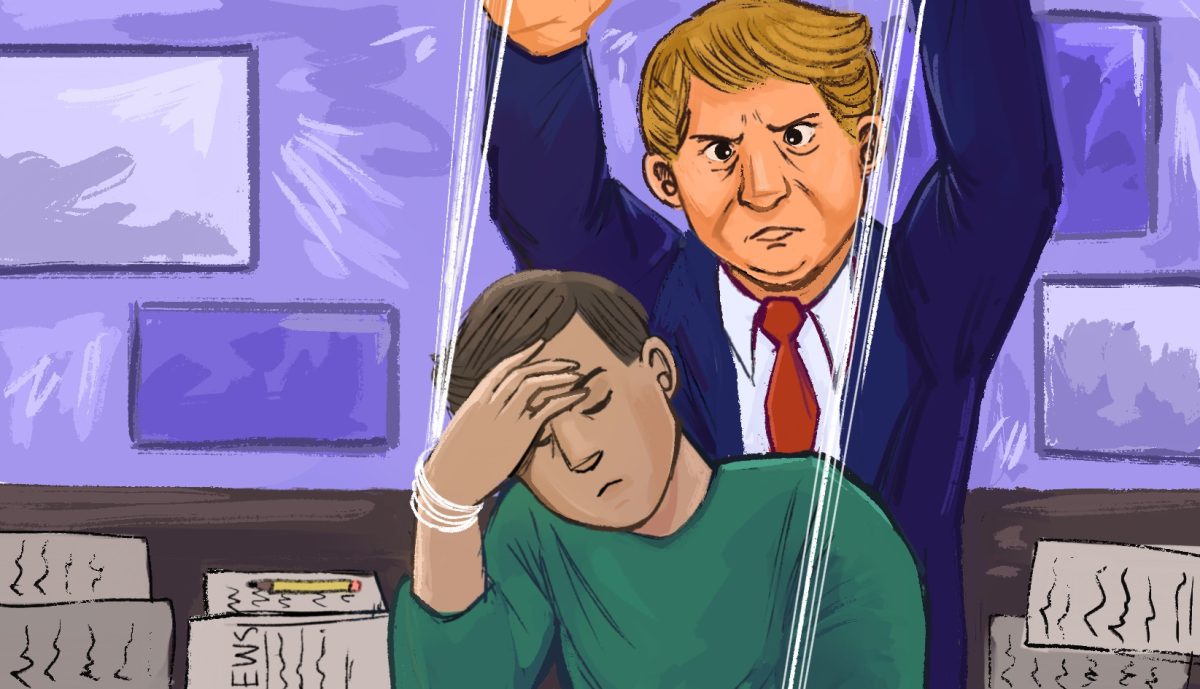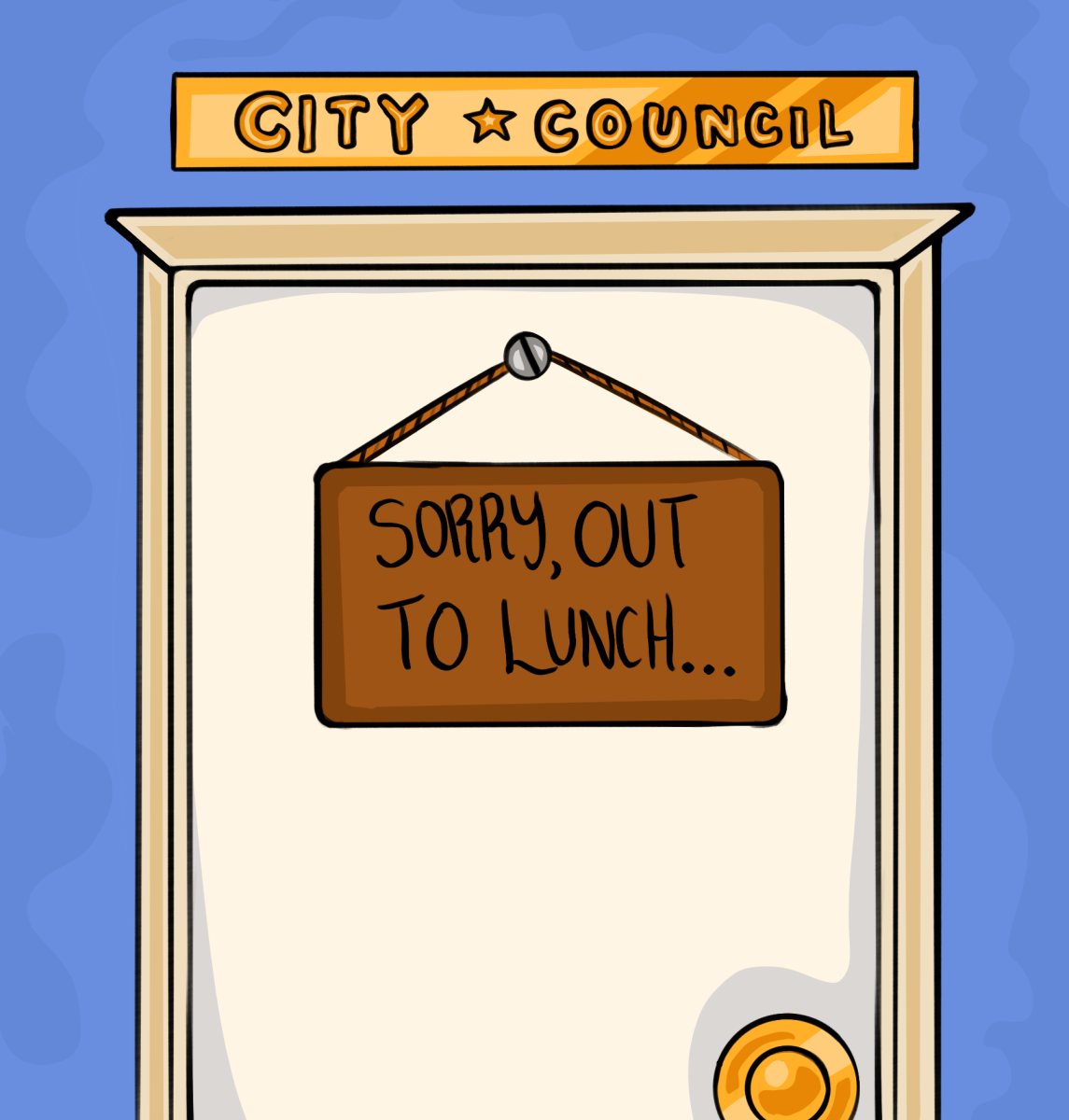The government, on its face, is an entity that should operate with the utmost professionalism. When thinking of bureaucracy, many think of suits and ties, not ASMR videos. However, the White House, in a shocking display of unprofessionalism, has countered this very narrative and destroyed the image of the government in the process. In a video posted to the White House X account, the administration made an ASMR video with the caption “ASMR: Illegal Alien Deportation Flight,” which includes audio and video of deportees being handcuffed, shackled, and placed on a plane.
Governments are always looking for ways to connect with the public, and social media offers a platform to reach people directly. However, there is a fine line between being relatable and being unprofessional. The ASMR-style video—a genre typically associated with relaxation and entertainment—was entirely the wrong medium for a discussion about deportations. This isn’t about whether ASMR is good or bad; it’s about the context. The choice to frame a serious policy issue in such a format suggests that deportations are a casual, even soothing, topic rather than a deeply consequential matter affecting millions of lives.
This approach sends the wrong message. Imagine if the government used the same lighthearted tone to discuss other serious issues, such as military interventions, economic crises, or public health emergencies. It would be absurd. There is a reason why government communication has traditionally been formal—it maintains credibility, authority, and the seriousness these issues deserve.
A government’s credibility is one of its most valuable assets. When official channels produce content that feels unserious, it erodes trust. If people perceive that the government is making light of critical issues, they may begin to question its commitment to handling the problems responsibly. The White House’s ASMR video is just the latest example of a growing trend where governments attempt to engage in viral internet culture without considering the broader implications. While memes, casual language, and pop culture references may work for brands and influencers, government institutions should hold themselves to a higher standard.
Furthermore, the use of such a format risks alienating people who expect professionalism from their leaders. Social media should be used to inform the public, provide transparency, and foster meaningful dialogue—not to turn serious policies into a spectacle.
It’s understandable that government agencies want to reach younger audiences, but they can do so without sacrificing professionalism. Thoughtful and well-crafted content that explains policies clearly, offers transparency, and encourages civic engagement is far more effective than gimmicks.
Consider how past administrations, such as the Joe Biden or Barack Obama administrations, have successfully used social media: delivering clear messages, holding live Q&A sessions, and providing accessible information without resorting to viral trends that diminish the weight of their words when discussing serious issues. The government must always intend on prioritizing education and engagement in a manner that maintains dignity, rather than chasing engagement through shock value.
The White House’s ASMR video on deportations was a massive misstep, one that highlights the need for professionalism in government social media use. While creativity and engagement are important, they should never come at the cost of credibility and professionalism. The government must remember that its duty is to serve the public—not to entertain a small majority of it. If officials want to build trust and effectively communicate their policies, they need to do so with the professionalism and respect that their positions demand.
This piece was originally published in Zephyrus’ print edition on March 27, 2025









